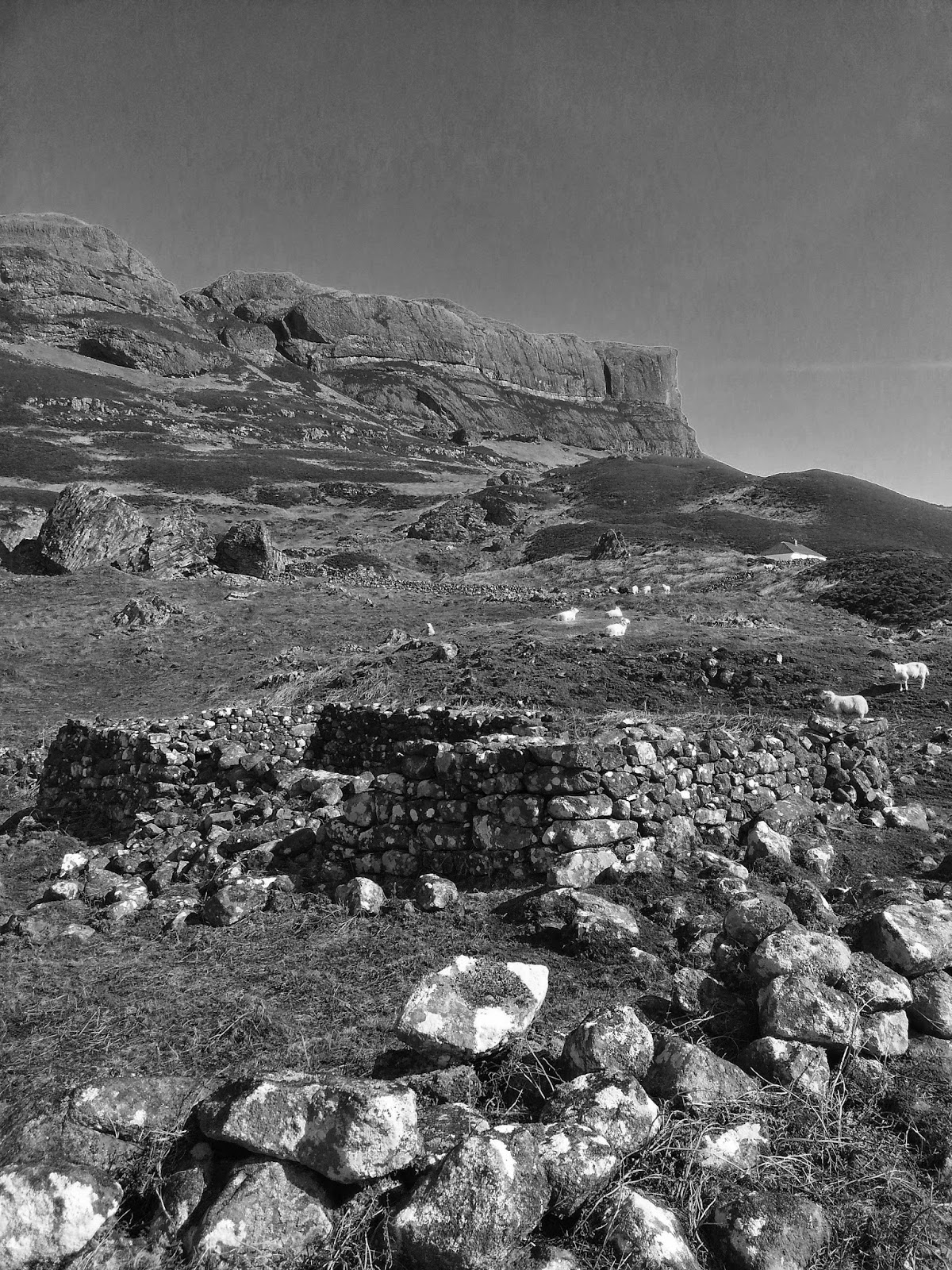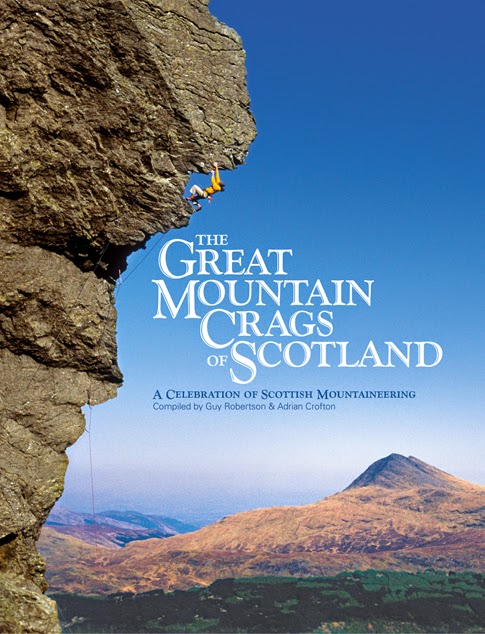Classic Scottish Problems No.2

Home Rule V3 6b - Dumbarton Rock
It is inevitable there will be a number of Dumby problems in any Scottish classic bouldering wish-list. As the years go by (and the layers of graffiti paint build up), this testpiece has maintained its notoriety despite the big numbers flying around. It is a simple enough direct line, rocking up on a polished edge for a frustratingly out-of-reach hand ledge, then boldly finishing up the suddenly bottomless arete on thankfully good holds. It combines technique, strength, balance, commitment and persistence: the trademark of any Dumby problem.
Redoing it brought back to me the subtlety of this problem. Due to its disproportionate polish (Dumby is after all famous for its polished slopers!), the crucial rockover edge requires a steady toe and a focused eye. The press with the left fingers on a good incut keeps the balance until the slimy pinch hold for the right hand comes into play. This hold is notorious for popping like a soap-bar and you slowly feel the tug of gravity, often snapping like a crab at the vanishing hold.
If it sticks, it allows the pressure to be placed on the toe, the leg extends, the press becomes a full-tension counterbalance - glance once at the rail (otherwise your head tilts you off-balance) and slap for it in as controlled a manner as you can with the right hand. Alternatively, fall into a lower-down edge and cross through to the good rail, though this feels more committing.
...the cigar can't be lit unless you finish up the arete. This is Dumby after all, and sometimes a good problem is supposed to give you a flutter!


